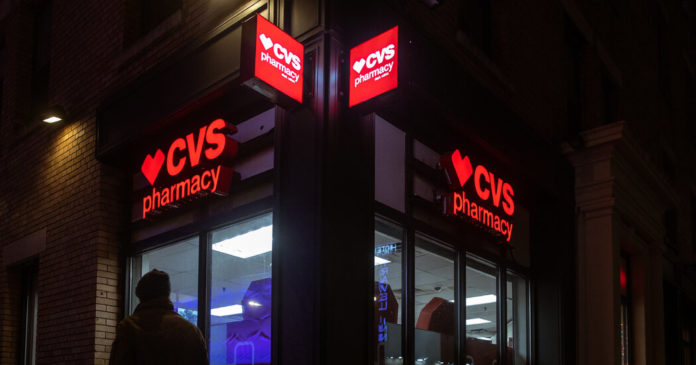“We all know that it’s the prescribers who control demand,” said Brian Swanson, a lawyer for Walgreens. “Pharmacists don’t create demand.”
Repeatedly, the defendants’ lawyers pointed the finger at federal authorities. Not only were the drugs approved by the Food and Drug Administration, they said, but the D.E.A. also bore responsibility for the huge quantities. Federal regulators set the annual limit on how many opioids could be produced in the country, which, through 2012, they kept raising.
In his final remarks, Mr. Lanier acknowledged that there were many contributors to the crisis. But pharmacies could not escape responsibility, he argued, by saying they only put relatively small quantities of opioids into the counties (and he disputed the defense’s method of calculation).
He then produced a model bridge made of hundreds of Legos, to echo a bridge over the Cuyahoga River that can be seen from the courthouse.
The community relies on the sturdiness of the bridge’s steel trestles, he said.
But what if two or three are rotten or in the wrong place as people are driving over it? he asked, knocking out just a few. “Everything can fall,” he said, as the model shattered in front of the jury.
Whether this verdict will survive on appeal remains to be seen. In addition to the many legal questions arising from the case, defendants are expected to continue their criticism of Judge Dan Aaron Polster, who presided over the trial and has, for years, supervised the aggregation of thousands of opioid lawsuits.
The statement from Walgreens seemed to forecast as much: “We believe the trial court committed significant legal errors in allowing the case to go before a jury on a flawed legal theory that is inconsistent with Ohio law,” it said. “As we have said throughout this process, we never manufactured or marketed opioids nor did we distribute them to the “pill mills” and internet pharmacies that fueled this crisis. The plaintiffs’ attempt to resolve the opioid crisis with an unprecedented expansion of public nuisance law is misguided and unsustainable.”
Credit: Source link

















